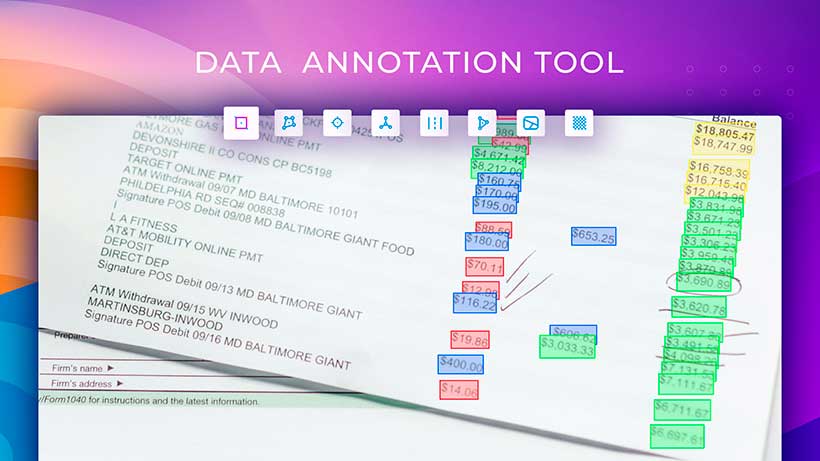Bounding Box Annotation for Manufacturing AI
Robots, guided by computer vision AI models are changing manufacturing for the better. These new systems can increase efficiency, reduce the frequency of expensive mistakes and, most importantly, keep humans safe. The manufacturing sector has often been seen as slow to make use of digital innovations.
But now leaders in the industry are beginning to appreciate the potential of AI integration. Computer vision systems are able to understand and navigate dynamic and complex environments, like busy production lines.
However, in order to perform reliably these models need to learn from annotated image and video data. Human annotators use annotation tools to label digital images and create training datasets. Keylabs is a data annotation tool designed to speed up annotation whilst keeping label accuracy pixel perfect.

Firstly, this blog will focus on a specific annotation technique, bounding boxes, and show how it is essential for dataset creation. Secondly, we will look at the important manufacturing use cases that are made possible by bounding box annotation. And finally, we will identify the key features that make a valuable annotation tool for this kind of image and video labeling.
Bounding boxes
Bounding boxes are the most commonly used type of image and video annotation. Human annotators use an annotation tool to drag a box around objects. These boxes are then given a colour and a label. Specific labeling instructions are defined by engineers according to the needs and aims of the project.
In the case of video data, target objects are located and given a box in every frame. As a consequence video annotation can be a slow and labour intensive process. The advantage of bounding box annotation is that it is fast, meaning that annotators can label lots of images efficiently.

Vital computer vision applications for manufacturing
Bounding boxes are perfect for locating important features in images quickly. The technique helps AI models to recognize things in the real world, and respond to them correctly. The following use cases are supported by quality bounding box annotation:
- Inventory management: Computer vision models can make inventory management easier and more effic. Automated robotic systems can identify inventory items and sort them without human supervision. Bounding boxes are used to annotate images of shelves that in turn help inventory management systems to learn.
- Quality control: Computer vision models can function as a set of extra eyes for the purposes of quality control. Machine learning can often help robots to spot defects that may not be visible to human operators. Bounding boxes help these models identify and locate these kinds of small imperfections.
- Object detection: The ability to recognize and respond to specific objects is essential for AI systems in manufacturing environments. Annotation tools allow for the creation of image and video data that helps models to find the right object 100% of the time.
- Environmental sensing: Robotic arms need to work safely on crowded production lines, surrounded by fast and unpredictable movement. AI powered robots must be aware of their surroundings before production lines can be automated further.
Bounding boxes train AI models to locate objects, such as large products or pieces of material. This ability means that computer vision supported robots can navigate safely and avoid collisions.
Annotation tool advantages
The applications discussed above can transform manufacturing for the better. And all of them are made possible by image and video annotation, including with bounding boxes. The right annotation tool can help developers secure their computer vision project.
Keylabs is designed by annotation experts to streamline labeling without compromising on quality. Unique project management features and a full suite of annotation options help complete large annotation projects on time.